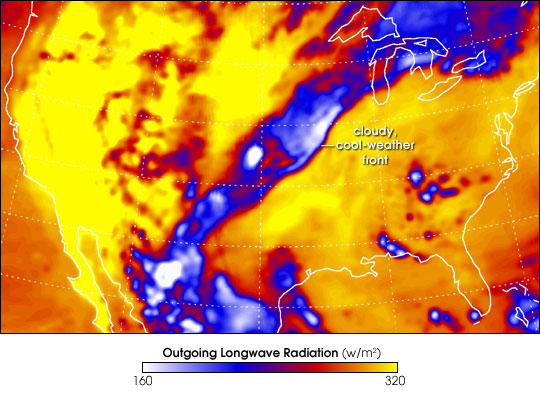The National Climate Assessment (NCA) makes an important statement: the trends in heat waves for the western U.S. are alarmingly clear and pose a major threat for the local population. Heat waves are becoming more common and more severe in this region and their increase in frequency and severity is consistent with a warming world.

This post is part of a series on the National Climate Assessment. Learn more about climate change where you live by attending a UCS webinar.
Heat stress is the major factor when an individual is exposed to extreme temperatures. Since the start of the century, we have seen heat waves act as a “silent killer” in major events occurring in Europe, Russia, and California and Nevada. During the 2006 California/Nevada heat wave, 163 people died. In addition, more than 25,000 cattle and 700,000 fowl were also lost.
Heat waves are especially dangerous in urban regions due to the urban heat island effect, which increases electricity demand for air conditioning. A warmer city with high population density poses a dangerous and complicated test for emergency management, as was seen in Fresno during the 2006 heat wave. Rural regions are also highly affected by extreme heat, especially in a location such as California’s Central Valley. There, the livelihood of countless agricultural workers are affected.
One specific aspect about the trends in heat waves is mentioned briefly in the NCA: heat waves are becoming more moist. Thus, the type of extreme heat events the region has experienced since the turn of the century include very warm nights. This is especially hazardous because it does not allow for a cooling period to recover from the daytime heat. A study led by Alexander Gershunov of the Scripps Institution of Oceanography showed how recent heat waves are much stronger due to warmer nights when compared with events before the year 2000, suggesting a link with global warming.

Increasing average July minimum temperatures for Pasadena, California, based on United States Historical Climatology Network observations. Image by author
Extreme heat will remain as one of the top health threats associated with climate change, the NCA points out. The detected trend in nighttime temperatures is clear throughout the region, as evidenced by observations in locations like Pasadena (see plot above). It is important for policy makers to take these facts under consideration.

